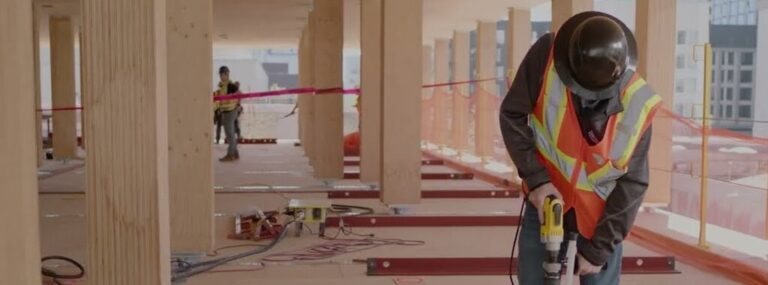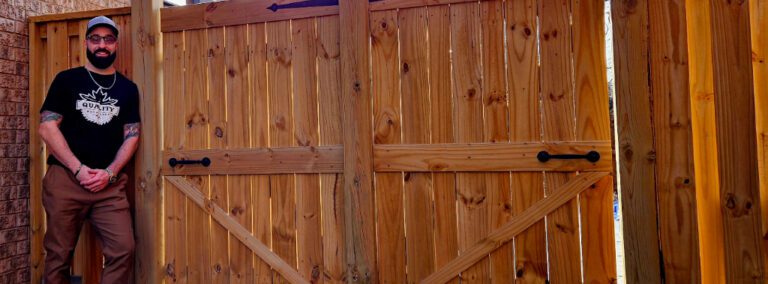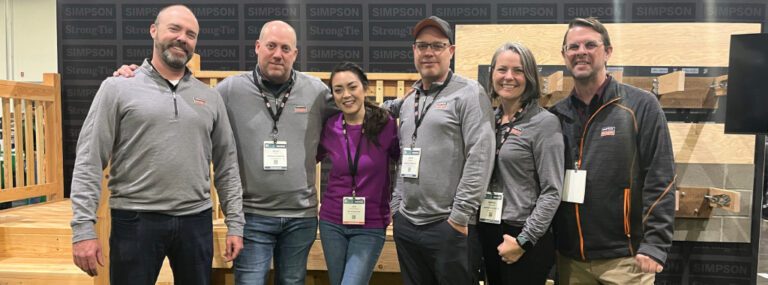What sounds like science fiction could soon be reality in commercial and industrial construction, where researchers are testing bacteria and fungi as possible agents to seal micro-cracks in concrete before the cracks have a chance to expand and catastrophically damage bridges, highways and other infrastructure.
Incorporated into the concrete matrix, Trichoderma reesei fungi as well as Bacillus and Sporosarcina bacteria have shown promise in creating self-healing concrete. When micro-cracks appear, water and oxygen intrusion awaken the microorganisms, which release calcium carbonate as a waste product, effectively sealing the cracks and dropping the organisms back into stasis.
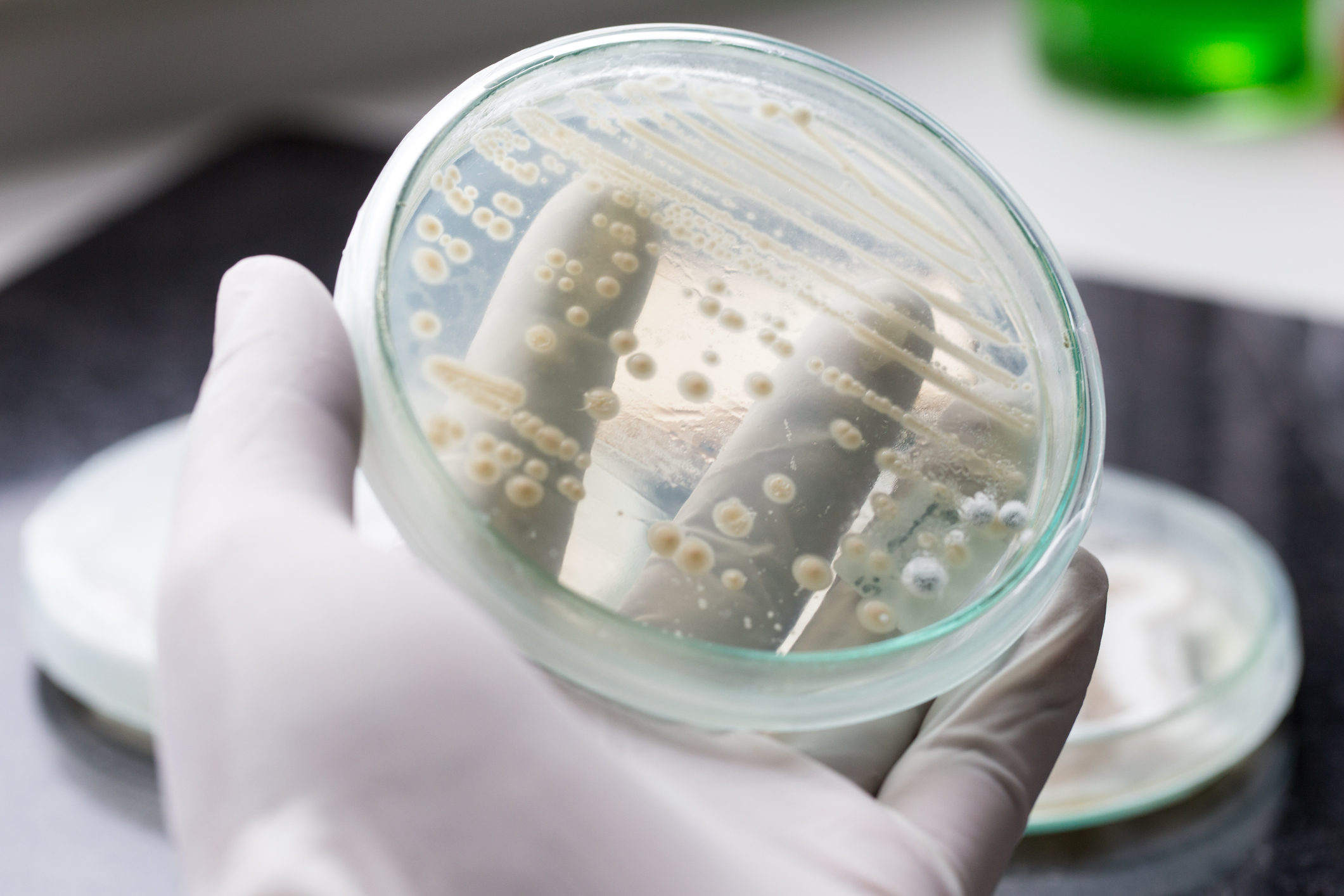
The ability of self-healing bio-concrete, or bio-crete, to reactivate could last 200 years or more, and materials science experts are also exploring fiber additives as a way to inhibit the expansion of concrete fractures when they occur, making it easier for the microbial bio-builders to do their work.
The effect of bio-crete chemistry on concrete anchors, connectors and fasteners — if any — has yet to be determined. Some studies have indicated the presence of zinc can delay calcium carbonate formation, while tests on low carbon-steel exposure to salt water have found calcium carbonate can exert a preventive effect on corrosion.
While self-healing concrete awaits a wider proof of concept, Simpson Strong-Tie is already preparing for next-generation materials by continuing to innovate hardware to better repair and retrofit concrete infrastructure. After the recent launch of our Titen HD® stainless-steel screw anchors, Simpson Strong-Tie received calls from contractors and building material dealers wondering whether the anchors would corrode when used with zinc-coated post bases.
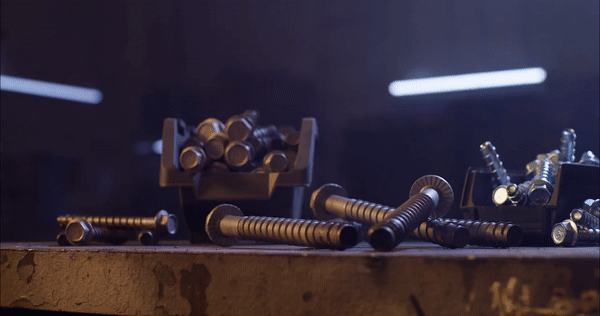
To find out if galvanic corrosion would indeed occur from the dissimilar metals in contact with each other, we put a batch of screw anchors and zinc-coated post bases in a testing tank and sprayed them with salt water for 1,000 hours. The corrosion test came out negative, and Simpson Strong-Tie issued a bulletin to engineers that the hardware metals could indeed be used together. (We’ll conduct the test again in 2019.)
At the same time that bioengineering and smart technology continue to inform the use of materials science in construction, Simpson Strong-Tie engineers continue to devise new ways to push our fasteners, connectors, anchors and other hardware to the point of failure. At our network of labs and testing facilities, specialized equipment is used to test building systems against earthquakes, high winds, extreme temperatures, fire and corrosive environments. Simpson even has branch labs in Canada and London to test against broader North American and European construction standards.
Concrete is the most abundant man-made building material on the planet. It’s also one of the oldest, while screw fasteners can be traced back to Greek builders living in the third century BC. Which is to say that advancements such as self-healing concrete, or even concrete embedded with smart sensors, have been a long time coming. At Simpson Strong-Tie, we look forward to these kinds of innovations in materials science. And we look forward even more to testing them to the limits of their structural performance.
